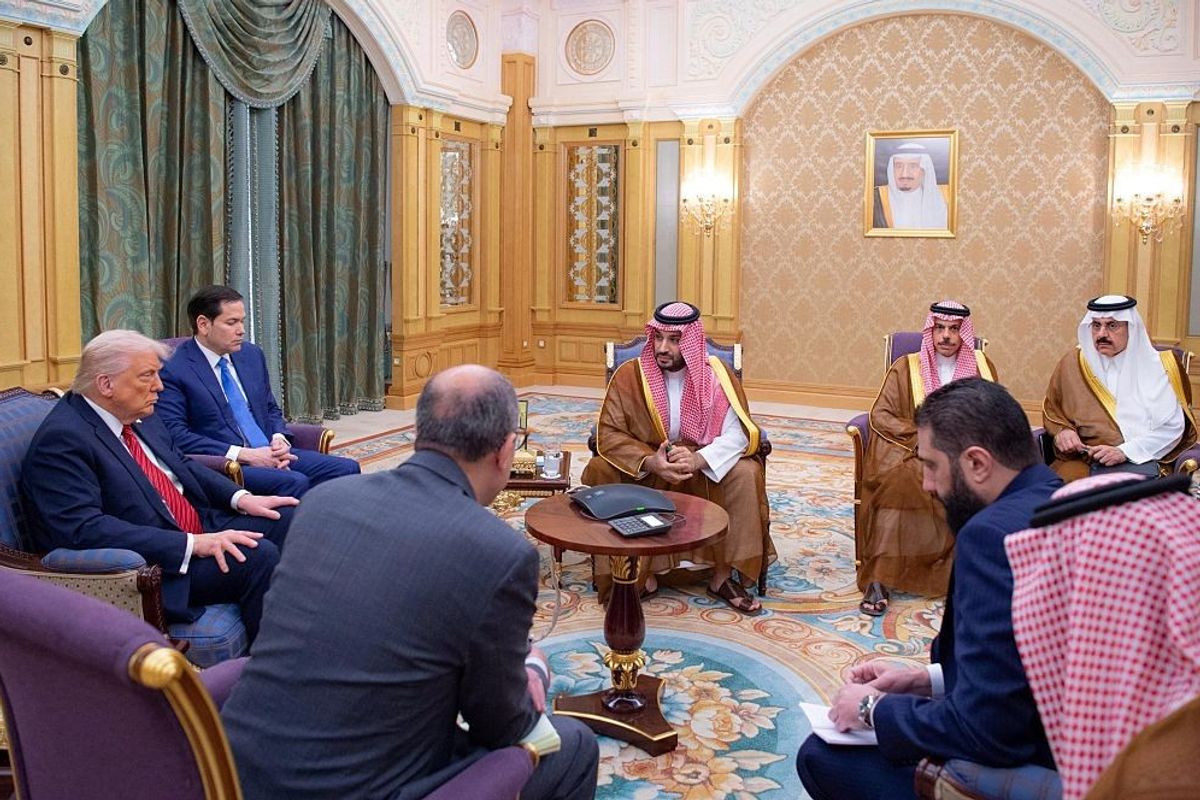Cipher Brief Expert John E. McLaughlin is the Distinguished Practitioner in Residence at the Johns Hopkins School of Advanced International Studies (SAIS). He served as Acting Director of Central Intelligence from July to September 2004 and as Deputy Director of Central Intelligence from October 2000 to July 2004.
OPINION — The last time I wrote about Afghanistan, I tried to offer a balanced look at the arguments for both pessimism and modest optimism regarding the country’s future after the U.S withdrawal. Since then, the omens for the mountainous South Asian country have grown darker, with Afghan forces suffering major losses, significant desertions, and the Taliban expanding its influence and control. There are still a few unknowns, but the ones supporting hope are declining in number and credibility.
Taliban commanders are almost certainly exaggerating when they claim to control 85 percent of Afghanistan. It’s probably closer to 50 percent, but that is still worrying, and there’s little question they have made sizable gains. They appear to have the “strategic momentum,” as Joint Chiefs Chairman Gen. Mark Milley said in a Pentagon news conference last week.
Their important gains? A border crossing into Iran and, most impressively, a successful hard push in the northeast, where the Taliban had not previously been strong. There, 1,000 Afghan troops fled across the border earlier this month into Tajikistan, and many local officials scrambled aboard planes to escape. Such gains and momentum doubtless spurred the U.S. decision to carry out airstrikes in support of Afghan forces last week, and the U.S. Central Command chief is leaving open the possibility that such strikes could continue after their scheduled end on Aug. 31.
Taliban leaders have been playing a double game. On the one hand, they are pushing ahead militarily to strengthen their position in any dealings with the existing government. On the other, they suggest they remain open to peace talks and agreement with the Kabul administration. They played this out most recently in Tehran, where on July 7, Iran hosted the first round of talks between the Taliban and the Kabul government in months. Nothing came of it other than an opportunity for the Iranian media to slam the U.S. for leaving Afghanistan “empty-handed after two decades” in circumstances they compared to Vietnam.
Looking ahead, Afghanistan’s internal state and potential return as a terrorist hub depend largely on four factors in the weeks and months after the U.S departure at the end of August.
Go beyond the headlines with expert perspectives on today’s news with The Cipher Brief’s Daily Open-Source Podcast. Listen here or wherever you listen to podcasts.
First, the Afghan security forces will have to hold and gain ground. Logistics will be key, and they face a few big obstacles. With their air force stretched thin and without U.S. assistance, they will have trouble getting to combat, resupplying troops under fire and evacuating the wounded. Maintenance issues will multiply in the absence of U.S. contractors who managed the supply system and repaired equipment. Morale could become fragile under growing pressure — as a former U.S. ambassador has pointed out, Afghan wars have typically ended when people decided “that one side was going to win and stopped fighting.” In the same vein, a former student of mine, a veteran of multiple deployments, reminded me that the Afghan army does not have the long traditions or ingrained commitments of the U.S. Army. Afghans, he said, can just take off their uniforms and go home.
Second, it is unclear how the population and the Taliban will interact in a country that is very different, at least on the surface, from the Taliban-ruled country of 2001. With 70 percent of the country under the age of 25 and 15.6 years the median age, most of today’s Afghans have grown up knowing two things: war and, especially in urban areas, the growing freedom that came with the influx of Western business and values. They want the first to end and the second to continue. Meanwhile, women, who were not allowed to work outside the home when the Taliban ruled before, now comprise 30% of the civil service. But in the newly Taliban areas of the north, the signs are not good: Women now report directives telling them to leave their houses wearing a hijab and only with a male companion. If this clash of values expands nationwide, the Taliban would probably revert to forced submission — but this could just as easily spark a civil war.
Third, how the international community deals with the Taliban will condition its actions. The best chance for moderating Taliban behavior would come through a successful U.S. campaign to orchestrate concerted pressure on the group by an unlikely coalition of neighbors and great powers. To do so, Washington would have to overcome the reflexive tendency of many of these — India, Pakistan, Russia, Iran — to see Afghanistan as a kind of geopolitical chessboard on which to enhance influence or checkmate another’s.
Finally, detecting and neutralizing any threat of terrorism again taking root will depend on how well the U.S. can shift from 20 years of a close, richly resourced presence to remote operation, which is always more difficult. This will require a robust human and technical intelligence collection, coordinated with capabilities ranging from drones to special operations launched from facilities outside Afghanistan and coordinated with basing countries.
This is theoretically feasible. The reality though is that successful counterterrorism is almost always the result of rapid detection and rapid response.
On my final official visit to Afghanistan in 2004, I left with a sense of guarded optimism — I knew the country’s reputation as the “graveyard of empires,” but the Taliban had been vanquished, we had al-Qaida on the run, and the country had an elected president. But an Afghan colleague had the day before cautioned me with an old Afghan proverb: “One flower does not make it spring.” The succeeding 17 years have certainly proven that prophetic.
This piece by Cipher Brief Expert John McLaughlin was first published by our friends at Ozy.
The Cipher Brief hosts private briefings with the world’s most experienced national and global security experts. Become a member today.
Read more expert-driven national security insights, perspective and analysis in The Cipher Brief













